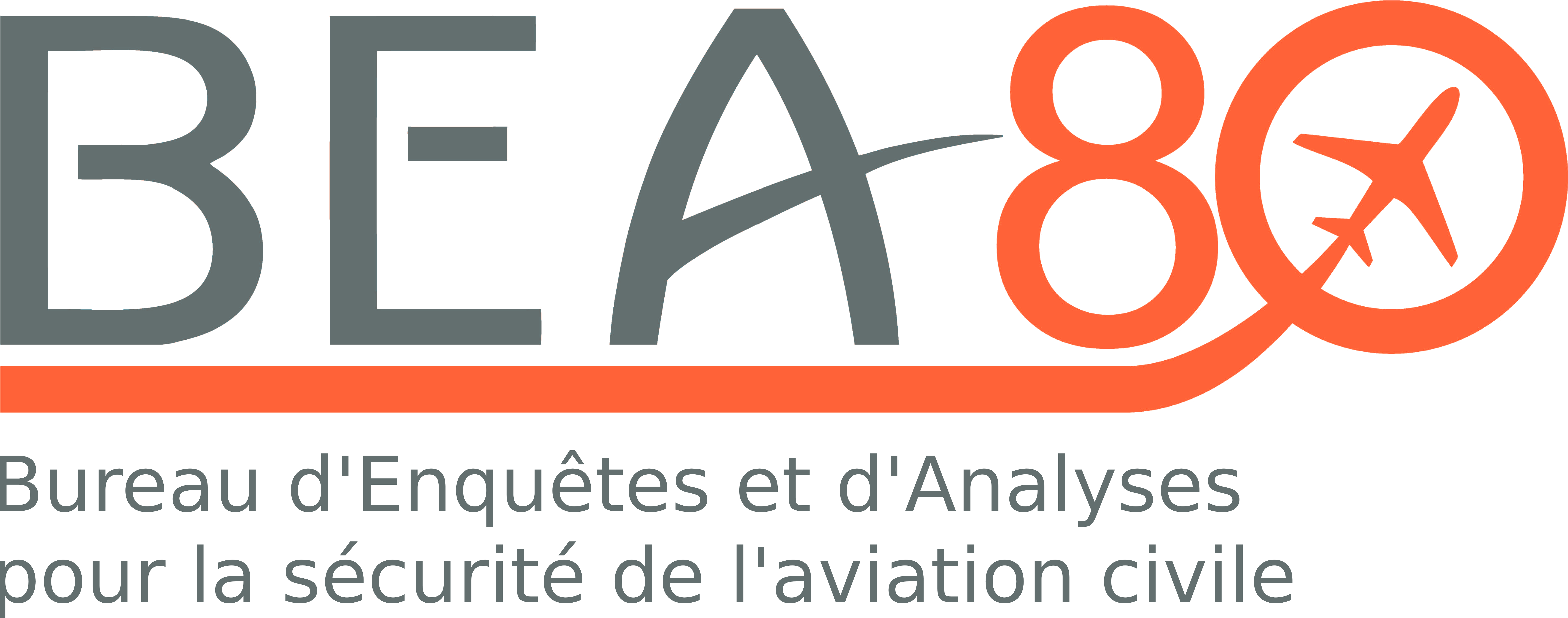Accident to the Piper PA34-200T "Seneca III" registered HB-LSD occured on 07/12/2016 at Basel-Mulhouse (68)
Approche non stabilisée en conditions LVP, remise des gaz, perte de contrôle, collision avec le sol, incendie
The pilot took off on an IFR flight plan from the Nuremberg airport (Germany) at 16:17 bound for the Basel-Mulhouse airport, the aeroplane’s base.
At 17:21, the pilot contacted the Basel approach controller and indicated that he was at FL120 approaching the LIPKA waypoint. The controller told him to continue on the current heading for an ILS Z15 approach. LVP conditions were in force. At 17:30, the pilot was authorized to carry out an ILS Z15 approach. Three minutes later, the controller provided him with new information about visibility: RVR 750 m at touchdown, 650 m at mid-point, 800 m at stop end, visibility of 350 m, no ceiling. The pilot replied ”That sounds very bad” but he continued his approach, established on the LOC
As the aeroplane was around 1,300 m from the runway threshold, its flight path started to deviate to the left of the runway centreline, up to the motorway running along the side of the Basel-Mulhouse airport. The lateral deviation reached with respect to the runway centreline was around 260 m.
While the aeroplane was still on the left side of the approach path a few metres from the runway threshold, the pilot advised that he was going to conduct a missed approach. The controller advised him to follow the standard go-around procedure along the runway centreline and then to climb to 5,500 ft QNH 1035. The pilot read back this missed approach procedure although the radar data showed that the aeroplane seemed to be in a continuous turn.
A few seconds later, the aeroplane struck the ground at the PAPI of runway 15 and caught fire.
The pilot deviated from the instrument approach path, probably because he was using erroneous external visual references acquired a short time before the decision height. These were predominantly situated to the left of the path followed during the ILS approach. This inconsistency did not lead to the pilot immediately conducting a missed approach. The pilot became aware of his mistake at a late stage, at 30 ft above the motorway. He then started to perform a go-around and lost control of his aeroplane during this manoeuvre.
This accident illustrates the importance of making sure that the information from the aeroplane instruments is consistent with the information based on the external visual references, in particular in IMC and during an ILS approach for which the guidance instruments are precise. This monitoring can be difficult in the transition phase between the instrument approach and the visual approach when the conditions are marginal."
